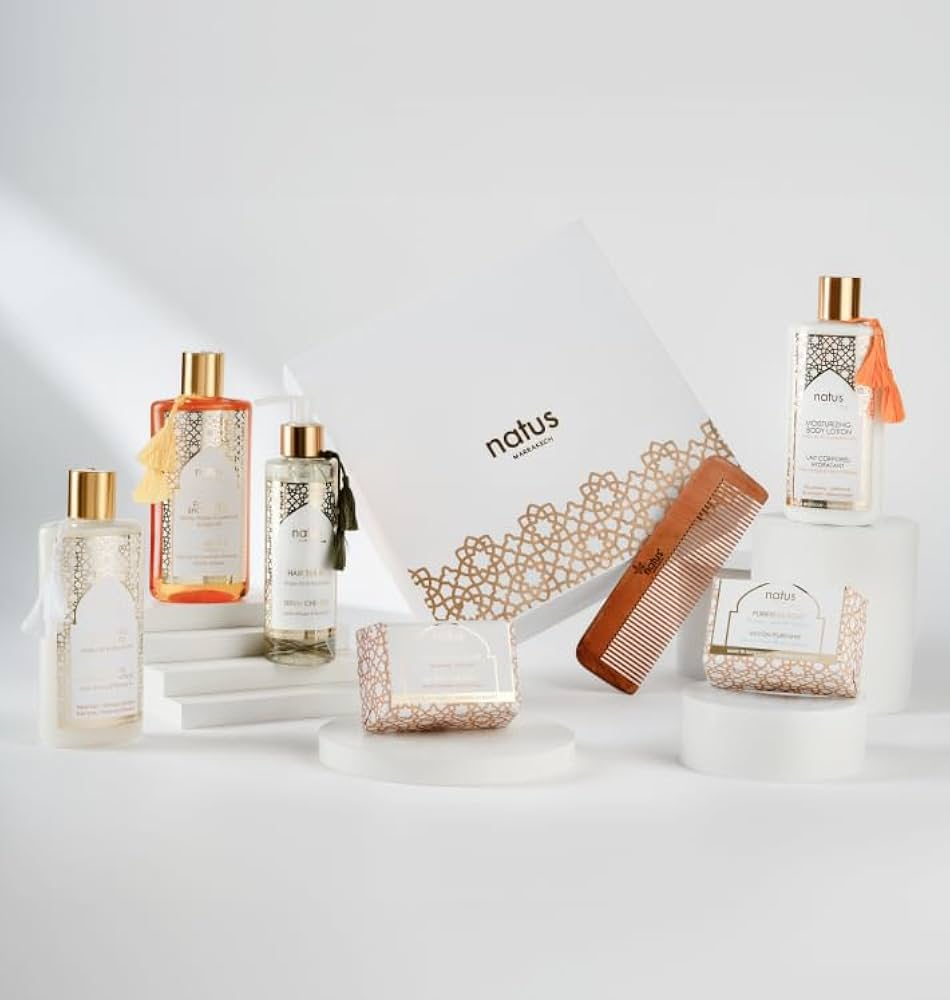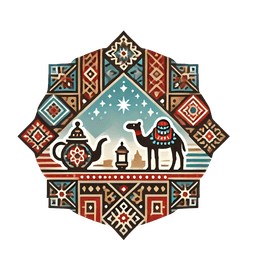- Published on
Unveiling the Ancient Secrets of Ghassoul The Cultural Significance of Moroccan Beauty Rituals
- Authors

- Name
- Adil ABBADI
Introduction
Morocco, a country steeped in rich cultural heritage, has long been renowned for its enchanting beauty rituals. Among these, Ghassoul stands out as a revered tradition that has been cherished for centuries. This ancient beauty practice, rooted in Moroccan identity, has been passed down through generations, and its significance extends far beyond mere aesthetics. In this article, we'll embark on a journey to uncover the cultural significance of Ghassoul in Moroccan beauty rituals, exploring its history, traditional practices, and modern adaptations.

- Historical Context
- Traditional Significance
- Modern Relevance
- Cultural Preservation
- Conclusion
- Cultural Call-to-Action
Historical Context
The use of Ghassoul dates back to ancient times, when Moroccan women would gather at local hammams (public bathhouses) to share beauty secrets and socialize. This unique clay, extracted from the Atlas Mountains, was prized for its exceptional cleansing and purifying properties. As a natural detoxifier, Ghassoul was believed to draw out impurities, leaving skin radiant and rejuvenated. This ancient practice was intertwined with Moroccan identity, symbolizing community, femininity, and beauty.
Traditional Significance
In traditional Moroccan beauty rituals, Ghassoul is an integral component of the hammam experience. Women would apply the clay to their skin, often in a social setting, sharing stories and laughter as they worked the paste into their skin. This communal experience fostered a sense of bonding and togetherness, as women supported one another in their pursuit of beauty and wellness. Ghassoul was also believed to possess spiritual properties, warding off evil spirits and bringing good fortune.

Modern Relevance
In modern times, Ghassoul has evolved to cater to diverse skin types and needs. While the traditional recipe remains unchanged, innovative formulations and packaging have made this ancient beauty secret more accessible to global audiences. Morocco's modern beauty industry has seen a resurgence in Ghassoul-based products, from face masks to body scrubs, capitalizing on the ingredient's natural, eco-friendly, and sustainable credentials.
Cultural Preservation
Efforts to preserve and promote Ghassoul are underway, with many Moroccan brands and artisans committed to sustaining this cultural heritage. The Moroccan government has also recognized the importance of Ghassoul, supporting initiatives to safeguard this traditional practice and promote cultural tourism. As a result, visitors can experience the authentic Ghassoul ritual at select hammams and spas, bridging the gap between past and present.

Conclusion
Ghassoul is more than a beauty ritual – it's a gateway to Moroccan culture, community, and femininity. By embracing this ancient tradition, we not only adopt a natural and effective skincare practice but also pay homage to the rich cultural heritage of Morocco. As we delve into the world of Ghassoul, we're reminded of the significance of preserving cultural traditions and promoting cross-cultural understanding.
Cultural Call-to-Action
Join us in celebrating Moroccan beauty rituals and the timeless charm of Ghassoul. Try incorporating this ancient clay into your skincare routine, and experience the transformative power of Morocco's cultural heritage. Let's come together to appreciate and preserve the beauty of traditional practices, embracing the diversity that makes our world a more vibrant and beautiful place.
